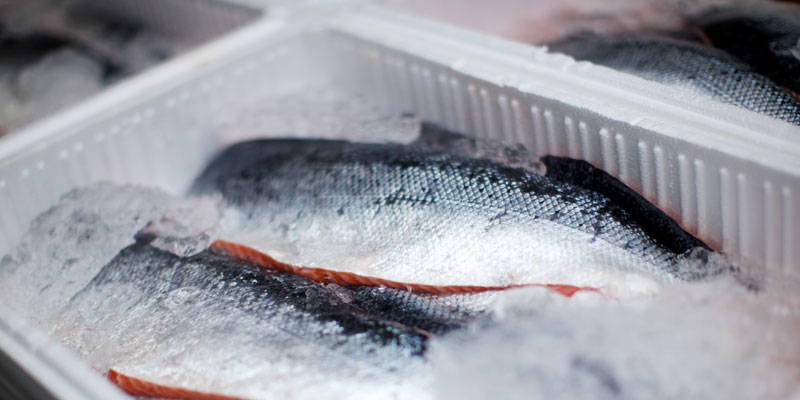Did You Know?
Almost a third of the agricultural land in the World produces waste – the food that never gets eaten because of spoilage in transit or getting tossed out by the consumer for whatever reasons. This creates yearly costs of 143 billion euros in the EU alone. Compare this to the U.N. estimate that world hunger could be ended with a yearly expenditure of 226 billion euros, and you begin to see the problem.
So What Should Be Done?
At the moment, individual consumers create the largest amount of waste, so even small personal acts can help the situation. But the logistics industry is not far behind in the amount of waste created, and here the actions must take another shape.
Thus far, monitoring product temperatures in the cold chain has mostly been a method for making sure spoiled produce is identified and discarded before it gets put on sale. Now, what if we could move past reacting to waste and become proactive in preventing it instead?
First-expired-first out is of course not a new idea, having been introduced at the end of the 1980s. Now, with real-time temperature measuring capabilities becoming more commonplace, it may actually become feasible even in temperature-controlled transport.
How Would This Work?
In a new pilot project, revealed at Slush 2017, Sensire has supplied Finnair with wireless data loggers that monitor Norwegian salmon in transit to Asian markets. This enables both the carrier and the owner of the cargo to get real-time data on the shipment, making it possible to act if conditions change and expiry date starts to close in.
Let’s say, for example, that one of the thermal boxes housing the salmon begins to warm up for some reason. The accompanying temperature sensor sends an automated alarm, and the carrier can fix the temperature problem, or the owner may decide to sell the salmon at some point between Norway and Asia, while its quality is still high. Either way, unnecessary losses have been avoided.
Without this wireless real-time technology, the warmed-up salmon would end up in Asia and get discarded as waste, adding to the original problem. With location-appropriate monitoring devices being deployed in all the different links of the cold chain, new possibilities for action open up and waste could be virtually eliminated.
Get in Touch
Are you interested in these kinds of intelligent cold chain technologies?
Visit our site for more information on the solutions we offer for monitoring food logistics.
